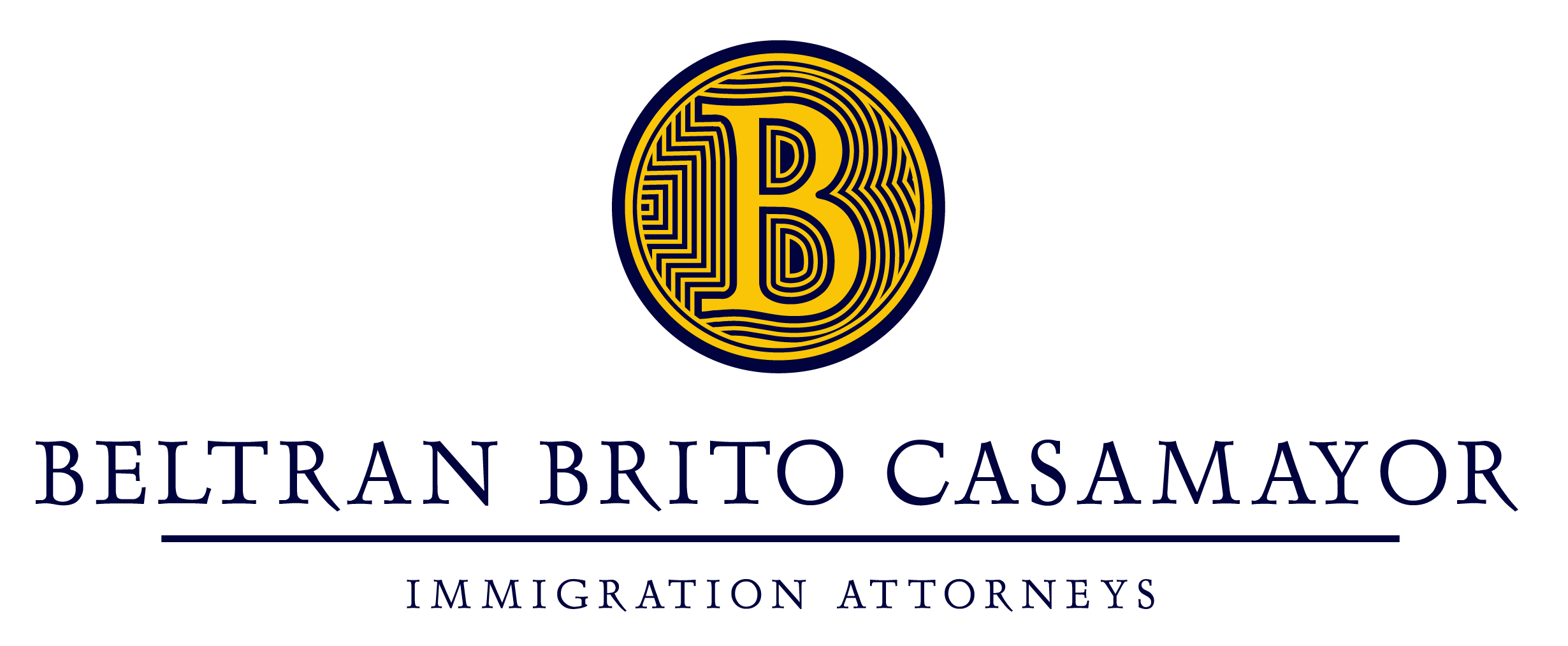Non-Immigrant Visas allow any foreign national to visit, have an insurance, study or work in the United States for a fixed period of time. The only condition is that those who wish to enter the country temporarily must apply for a Visa, and there are no exceptions to this rule.
There are different cases; for example, those who do not need a Visa to visit the United States temporarily.
For visits as a tourist for less than 90 days, the citizens of any of the countries member of the Visa Waiver Program can enter the United States without a Visa.
Currently, among all Spanish-speaking countries, only Spain and Chile are included in this group of countries. Likewise, if the application is rejected, you will have to inquire with the Consular office or the Embassy and apply for a Visa.
For matters of work or study you will need a Visa, even if the applicant visits the country for a period of less than 90 days.
There are few exceptions, but they do exist, as in the case of Bermuda whose citizens may stay without a Visa for a period of time of less than 180 days. Another country is Canada, unless the immigrant status has been previously violated or if you are the spouse of a permanent legal resident or of an American citizen who wishes to acquire the Green Card.
Examples of Non-Immigrant Visas
There are several types of Visas included in this category, of which the most important are:
- B1/B2: for tourism, pleasure or business trips.
- F1/M1: for students or trainees.
- G4: for employees of international organizations who have a branch office in the United States, such as the IMF or the OAE.
- J-1: for professionals who want to participate in an exchange program, professors, baby sitters, etc.
- O: for people with extraordinary abilities in the Arts, Sports, Education, Science or Business.
Some of these Non-Immigrant Visa are considered as a double intent Visa. That is, it allows foreign nationals to come to the U.S. temporarily, but it is perfectly legal for them to seek, at the same time, to become permanent legal residents. Among those there are H-1B Visa and L, V, P or E Visas.
What happens if the Visa application is denied?
Approximately 22% of Visa applications are denied. Causes can be classified under two big categories: inadmissibility and ineligibility.

